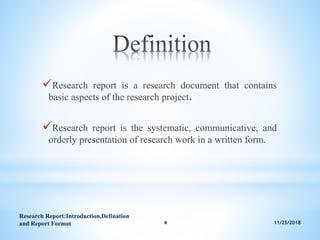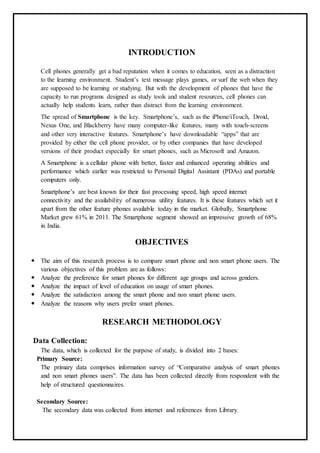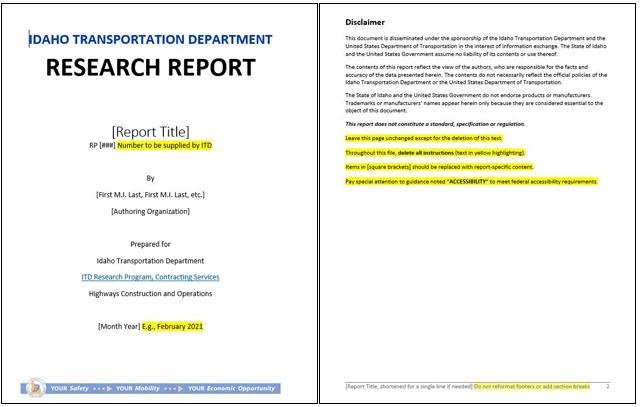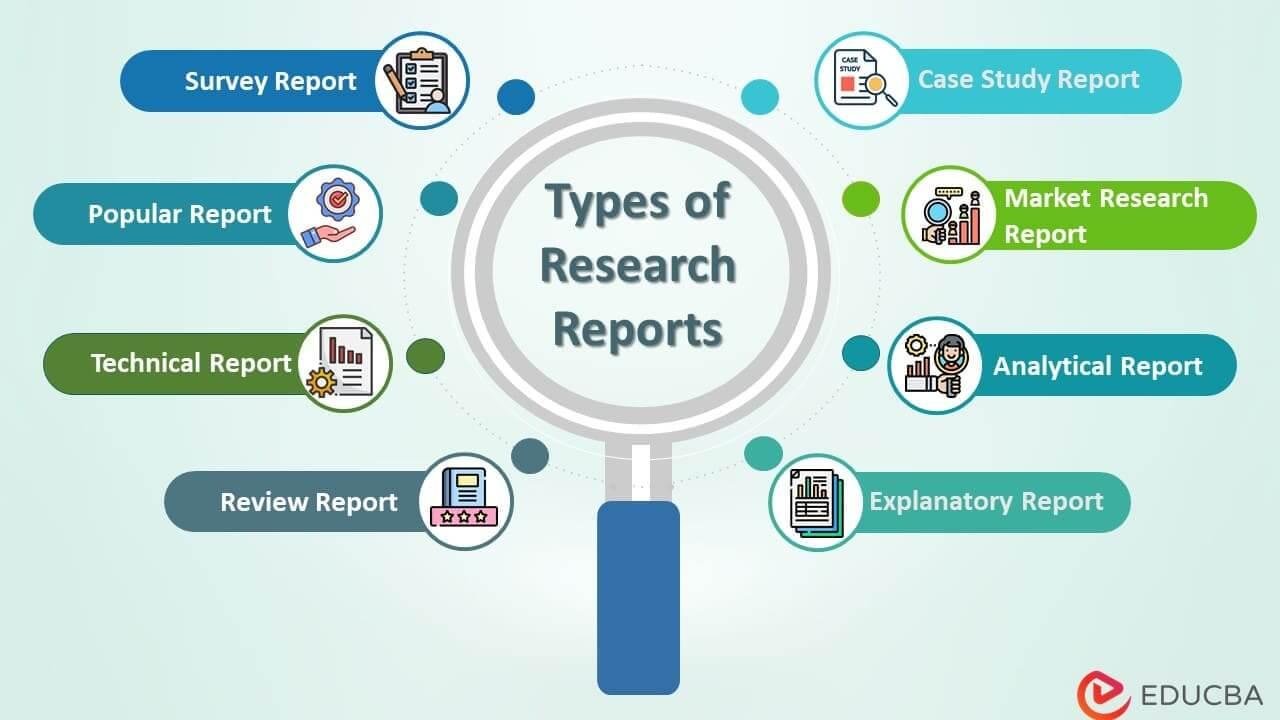research report meaning

In an era where information is abundant but often overwhelming, the ability to distill complex data into coherent narratives is an invaluable skill. Herein lies the essence of a research report—a structured document designed to present findings from rigorous inquiry in a clear and accessible manner. Defined as a means of synthesizing large volumes of information, a research report serves not only to convey results but to offer insights and recommendations based on thorough analysis. This article delves into the multifaceted meaning of a research report, exploring its significance in academia, business, and beyond. From understanding its core components to recognizing its importance in decision-making processes, we will illuminate how research reports contribute to the evolution of knowledge and informed action in various fields. By unpacking the elements that make a research report effective, we invite readers to appreciate the craft of transforming data into impactful narratives that resonate beyond the confines of paper and ink.
Understanding the Core Components of a Research Report
A research report comprises several essential components that collectively contribute to its clarity and effectiveness. Introduction, methodology, results, and discussion are fundamental sections that guide the reader through the researcher’s journey. The introduction sets the stage with background information and the research question, while the methodology details the approach taken for data collection and analysis. The results section presents the findings objectively, often supplemented with tables and figures to enhance understanding. the discussion interprets the results, linking them back to the research question and exploring their implications.
In addition to these primary sections, a few critical elements ensure the report’s integrity and comprehensibility. Abstract, references, and appendices play a vital role in enhancing accessibility and credibility. The abstract provides a concise summary of the entire report, allowing readers to gauge the research’s relevance quickly. Comprehensive references ensure academic honesty and allow others to explore the sources used for deeper insights. Appendices can include supplementary materials, such as raw data or detailed calculations, offering transparency without overcrowding the main text. Together, these components form the backbone of a well-structured research report, enabling effective communication of complex information.

Unpacking the Significance of Research Reports in Academia
Research reports serve as the backbone of academic discourse, enabling scholars to communicate their findings, methodologies, and methodologies comprehensively. These documents encapsulate the essence of a study, presenting an organized account of the research journey and its outcomes. The significance of a well-crafted research report can be distilled into several key roles it plays in academia:
- Knowledge Dissemination: They facilitate the sharing of knowledge across disciplines.
- Evidence of Rigor: Reports demonstrate the robustness and validity of research approaches.
- Catalyst for Future Research: Findings often prompt further studies, sparking new inquiries.
- Resource for Education: They serve as teaching tools, guiding students in research methodology.
Moreover, research reports foster a culture of transparency and accountability within the academic community. By adhering to structured formats, such as the IMRaD (Introduction, Methods, Results, and Discussion), researchers create a standard that enhances the clarity of scientific communication. Below is a table that highlights common components of a research report and their significance:
| Component | Significance |
|---|---|
| Abstract | Provides a summary and quick insight into the study. |
| Introduction | Sets the context and outlines the research questions. |
| Methodology | Details the research design and data collection methods. |
| Results | Offers the raw findings of the research comprehensively. |
| Discussion | Interprets results and situates them within existing literature. |

Crafting Effective Research Reports: Best Practices and Tips
To ensure your research report effectively communicates its findings, it’s essential to adhere to several best practices. Begin by clearly defining your research objectives; this will guide the structure and content of your report. Additionally, aligning your report with the expectations of your target audience can greatly enhance comprehension. Focus on these key elements:
- Clarity: Use straightforward language to explain complex concepts.
- Organization: Create a logical flow by breaking the report into sections such as introduction, methodology, results, and conclusions.
- Visuals: Incorporate charts and graphs to provide a visual representation of data, making the information more accessible.
Moreover, remember that citing sources is crucial for establishing credibility. Ensure that you provide a comprehensive bibliography and use consistent citation styles throughout your report. The inclusion of tables can also aid in presenting data concisely. Below is an example of a simple, well-structured table:
| Section | Description |
|---|---|
| Introduction | Outlines the research question and objectives. |
| Methodology | Describes research methods and processes. |
| Results | Summarizes key findings with supporting data. |
| Conclusion | Discusses implications and future research directions. |

Navigating the Impact of Research Reports on Policy and Practice
“`html
Research reports serve as critical tools in shaping policy and practice by providing evidence-based insights. They gather empirical data and articulate findings in a structured format, enabling stakeholders to make informed decisions. These reports often encompass various sections, including methodology, results, and conclusions, which are essential for understanding the research’s validity and applicability. The clear presentation of information ensures that policymakers and practitioners can readily discern the implications of the research, ultimately guiding them in the formulation of responsive strategies that align with the reported data.
Moreover, the impact of well-crafted research reports extends to numerous sectors, demonstrating their versatile role in driving change. For instance, these documents can influence areas such as healthcare, education, and environmental policy. When stakeholders engage with research findings, they often identify actionable recommendations, leading to improved outcomes. The importance of crafting these reports in accessible language cannot be overstated; it ensures that the findings resonate with a broader audience, fostering a culture of evidence-based decision-making. To summarize, research reports bridge the gap between research and real-world application, catalyzing progress across various fields.
“`
To Wrap It Up
understanding the essence of a research report is pivotal for anyone delving into the world of academic inquiry or professional investigation. These documents not only encapsulate the systematic processes, methodologies, and findings of research but also provide a transparent window into the rigor and complexity of scientific endeavor. As we dissect the layers of what constitutes a research report, we discover that it is more than just a collection of data; it is a narrative woven from curiosity, experimentation, and discovery. Whether you are a budding researcher or a seasoned scholar, mastering the art of crafting a clear and concise research report can enhance the communication of your findings, ensuring they resonate with and enlighten your audience. Embrace the challenge, and let your research contribute to the expansive tapestry of knowledge.




